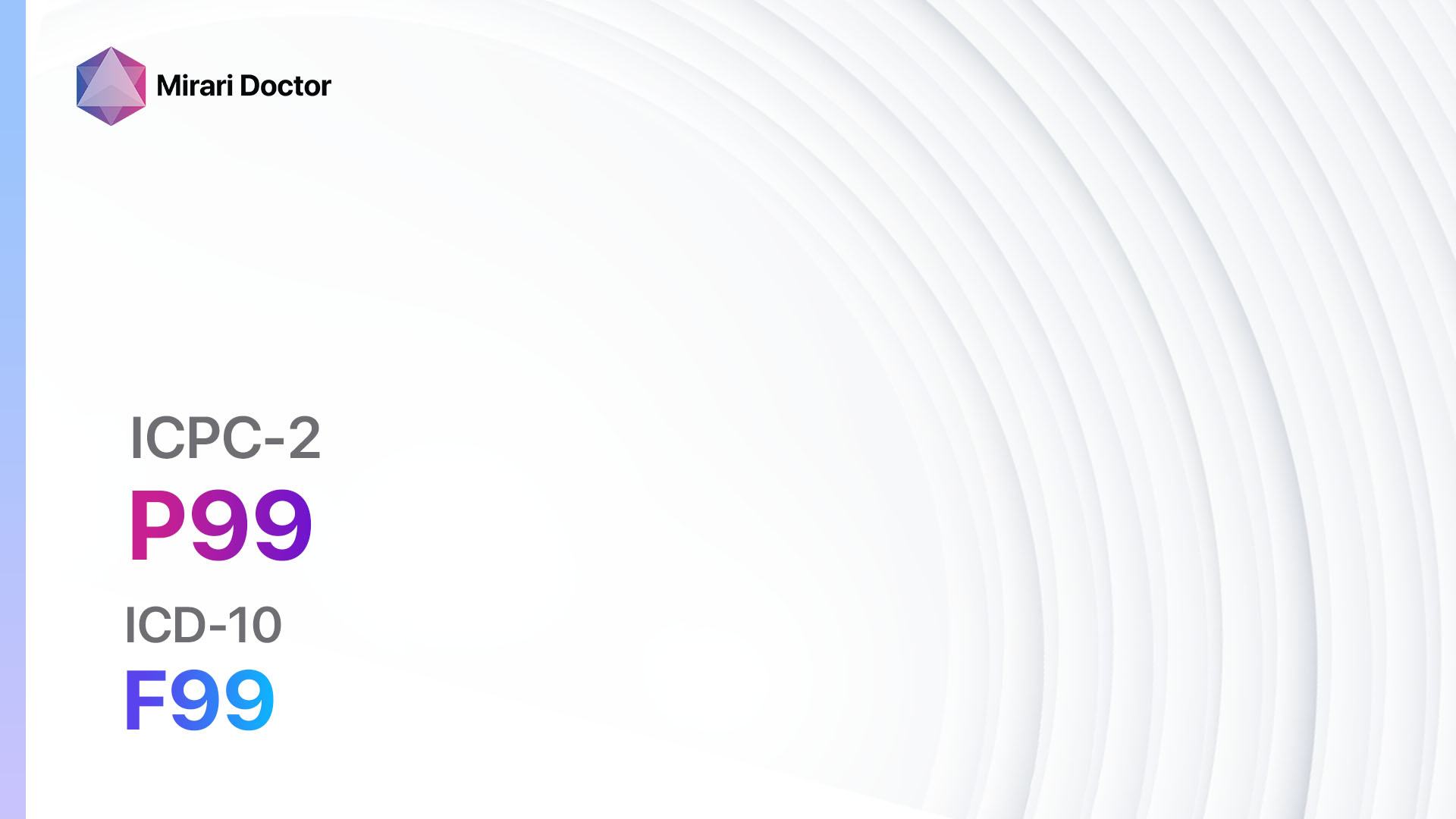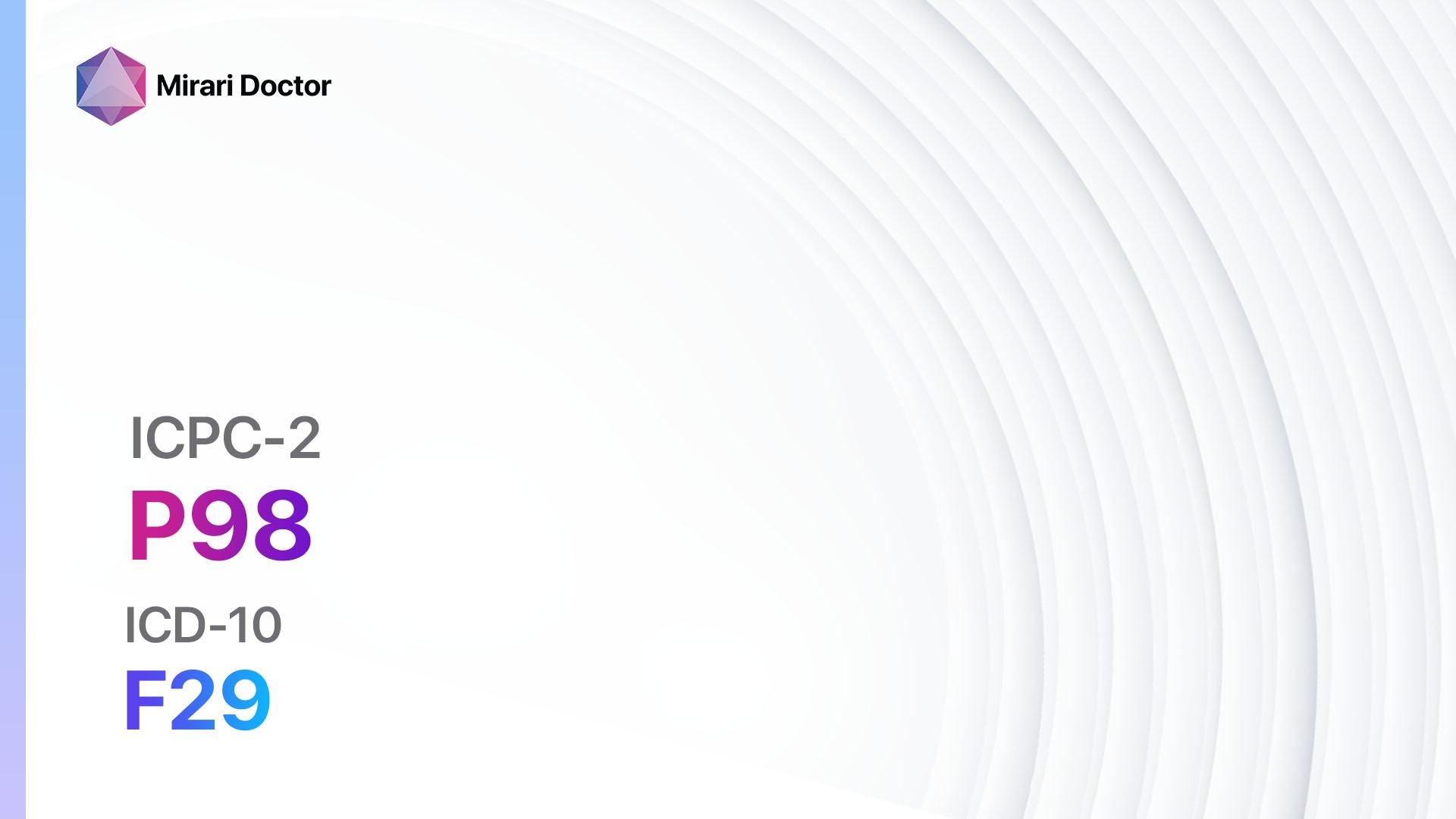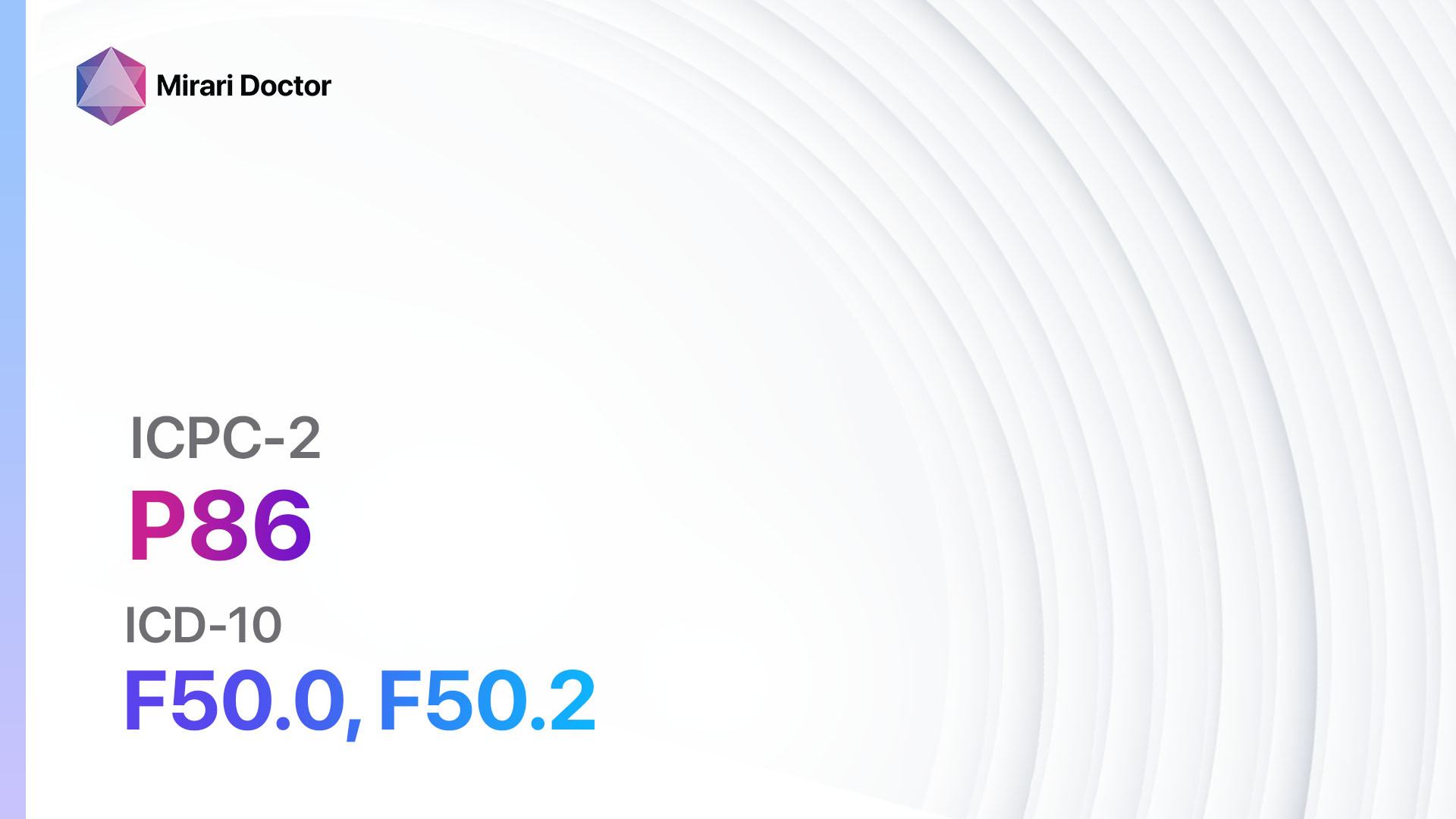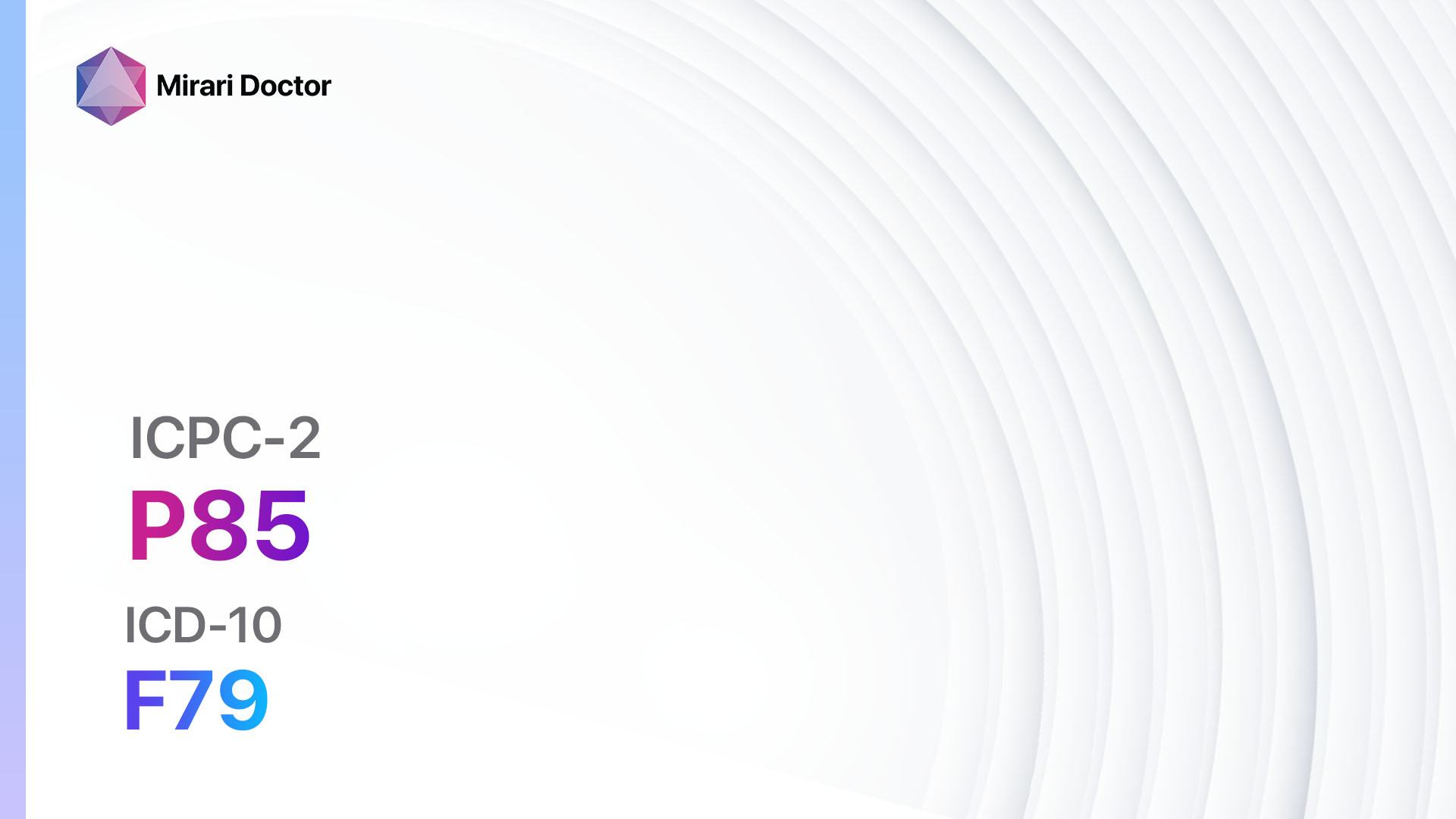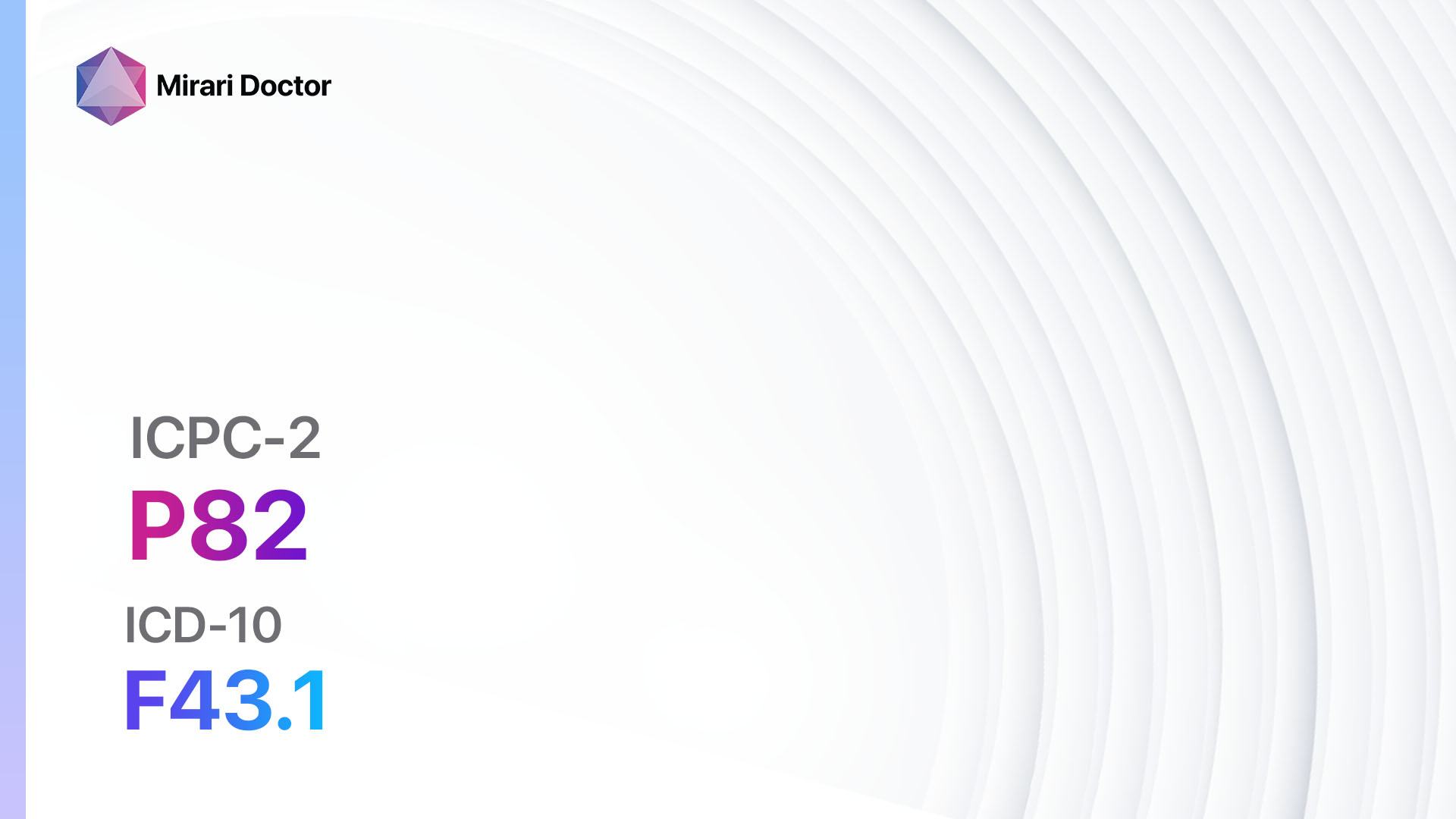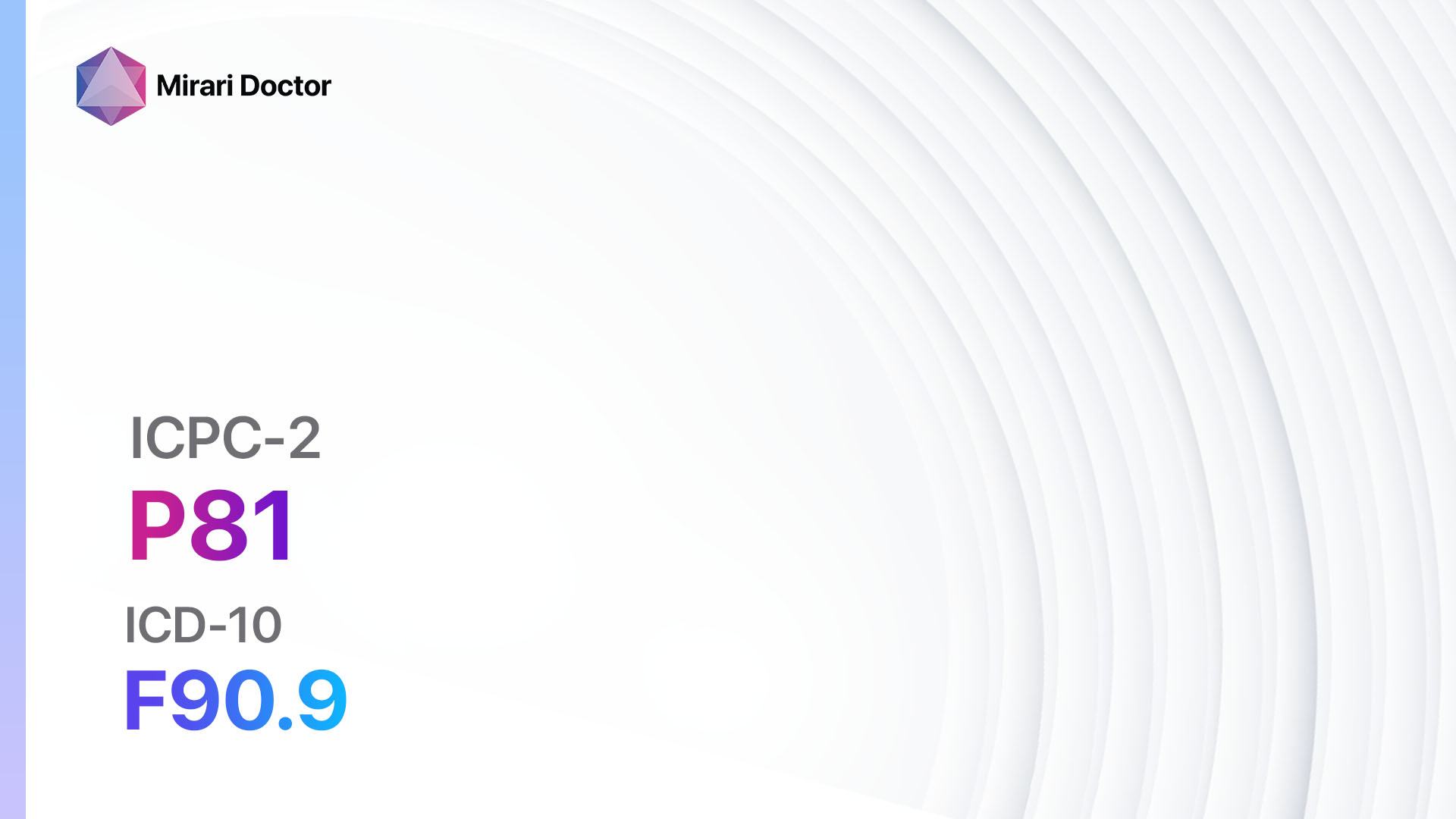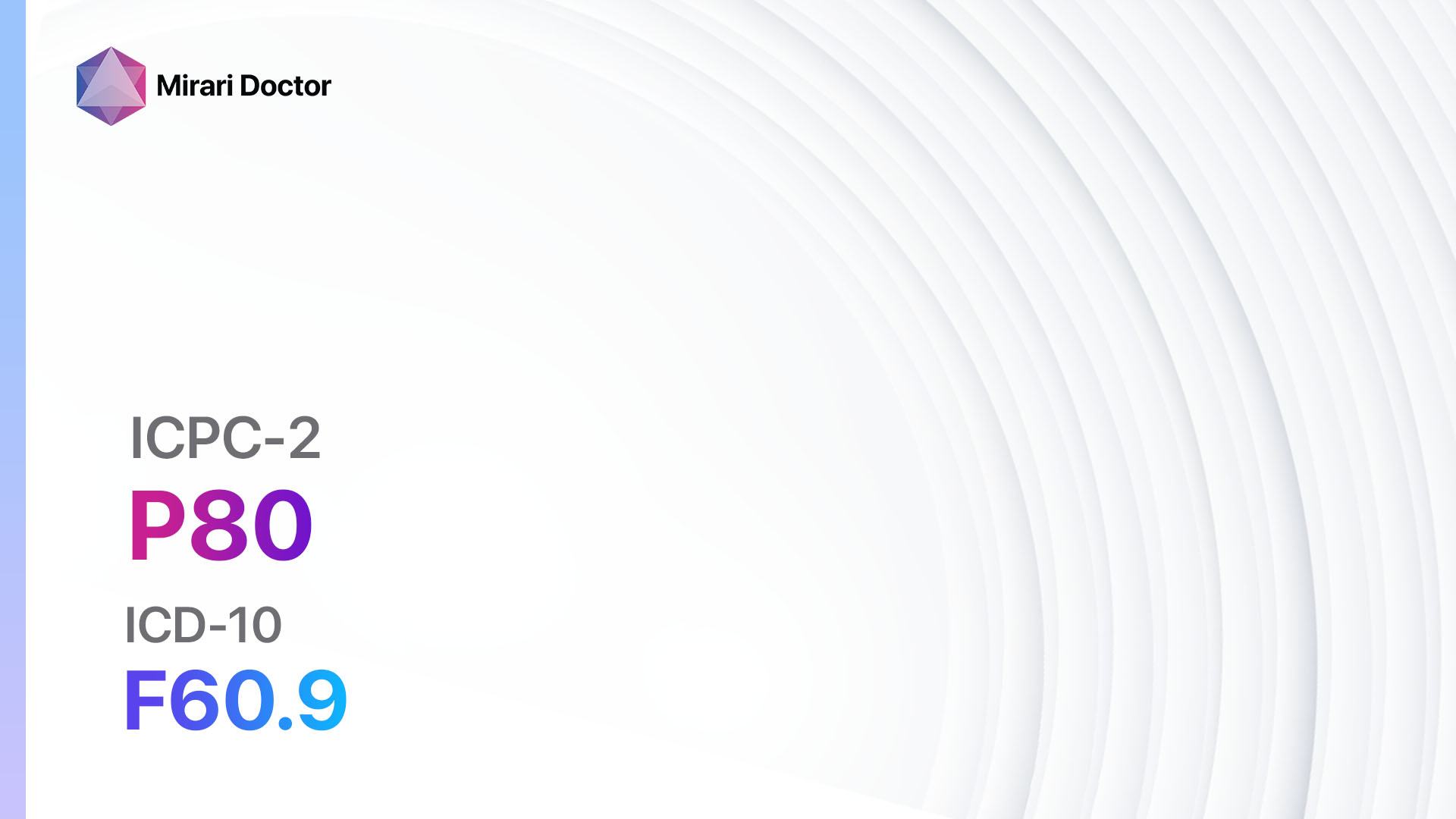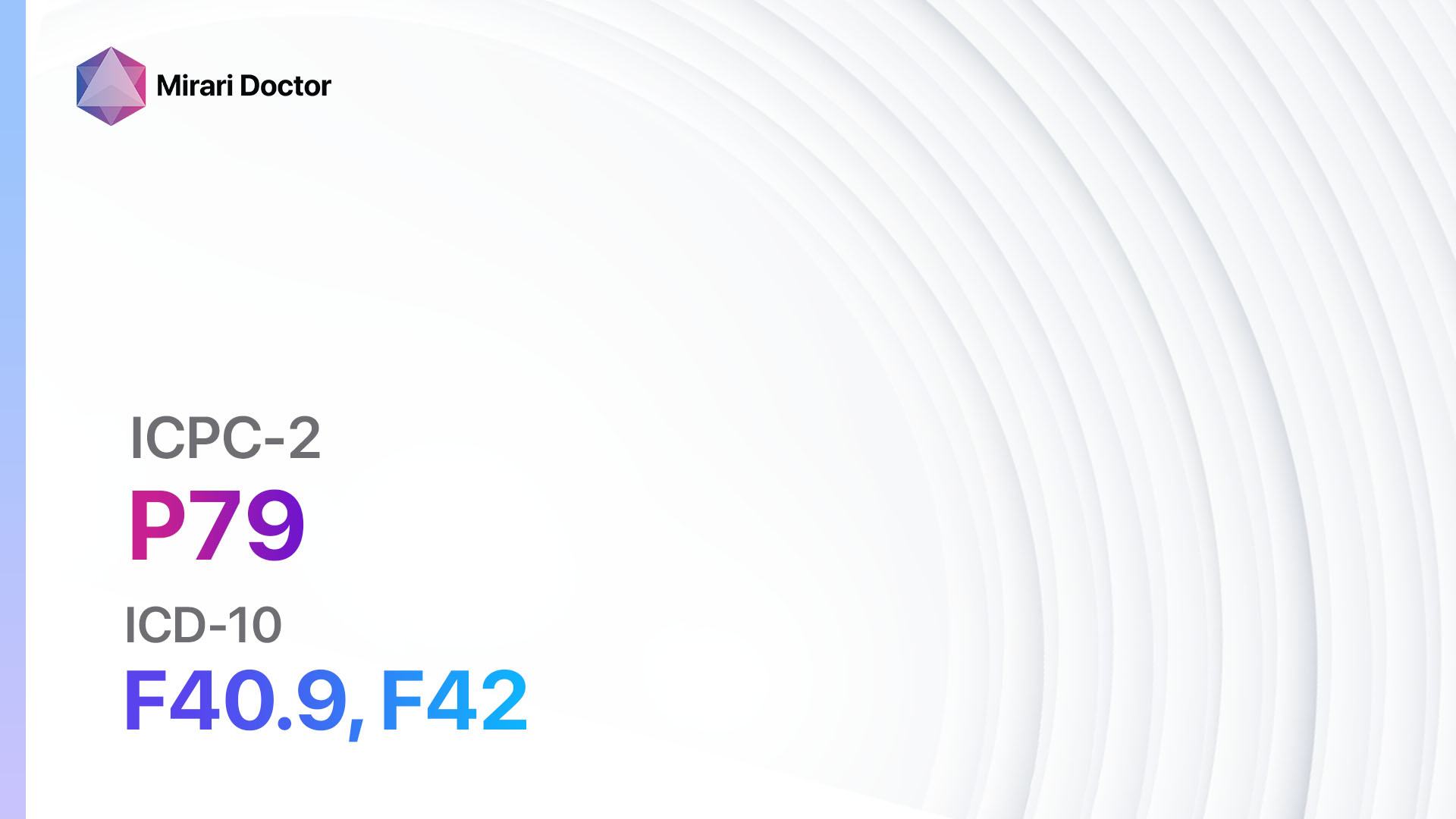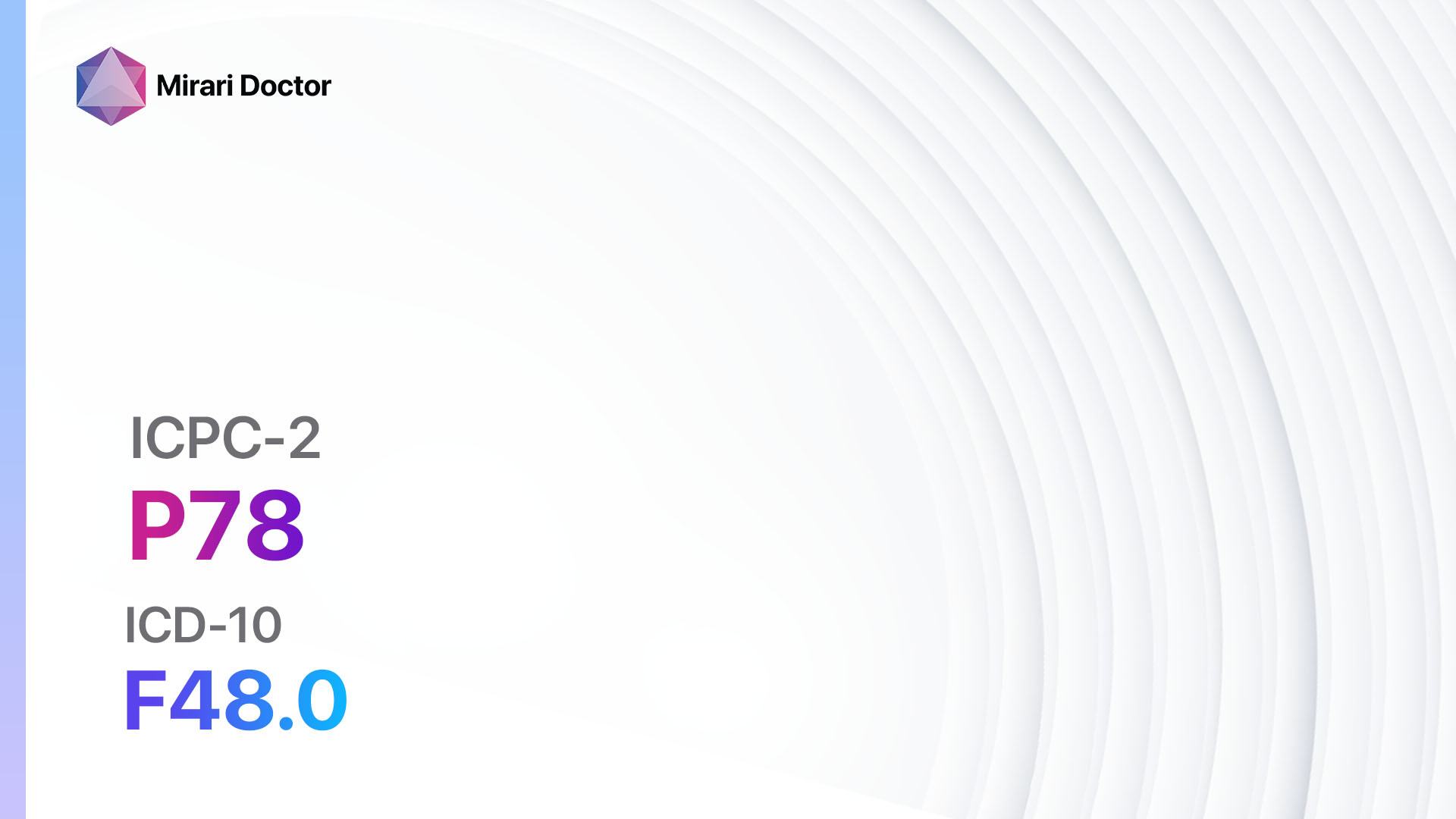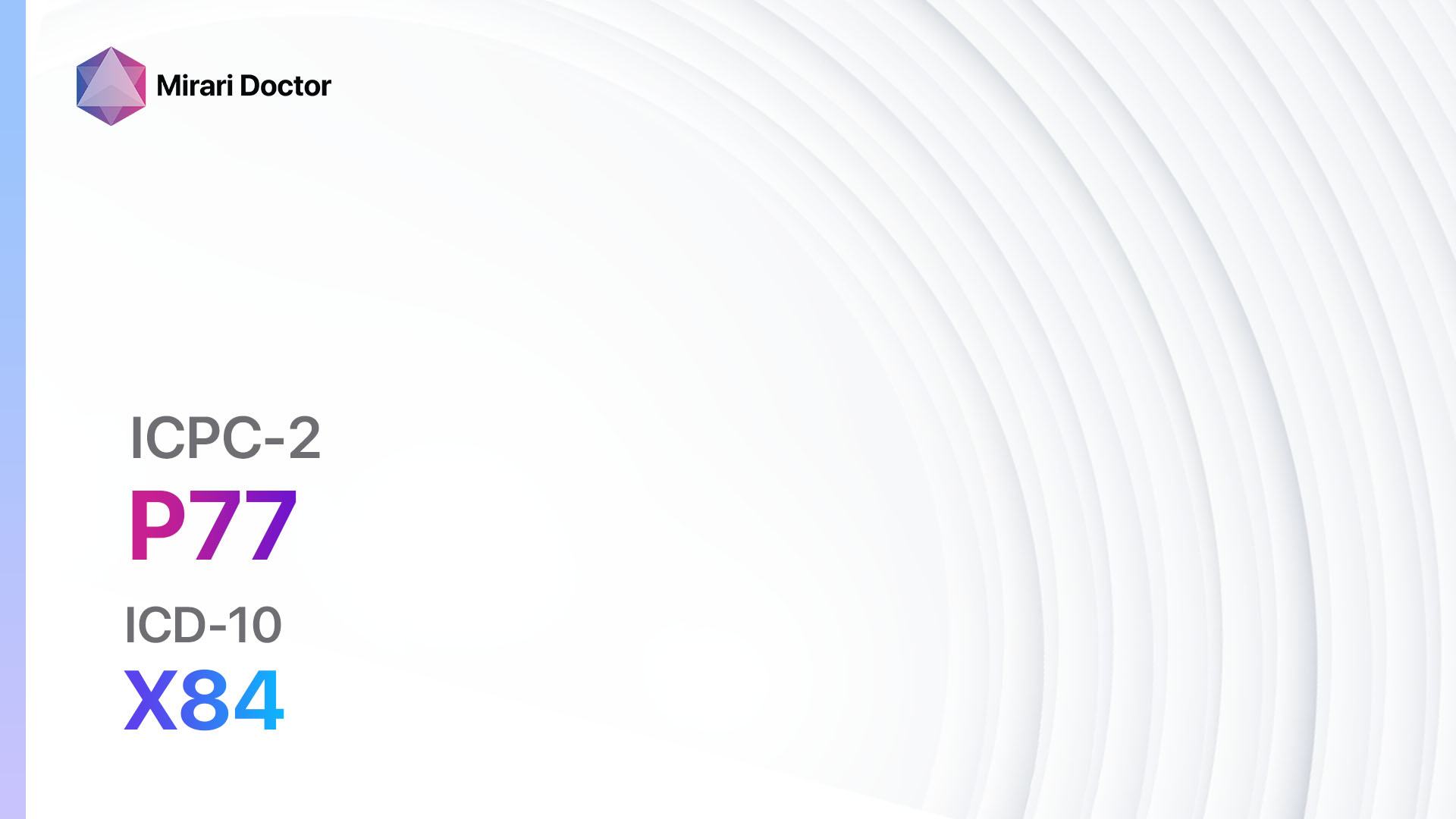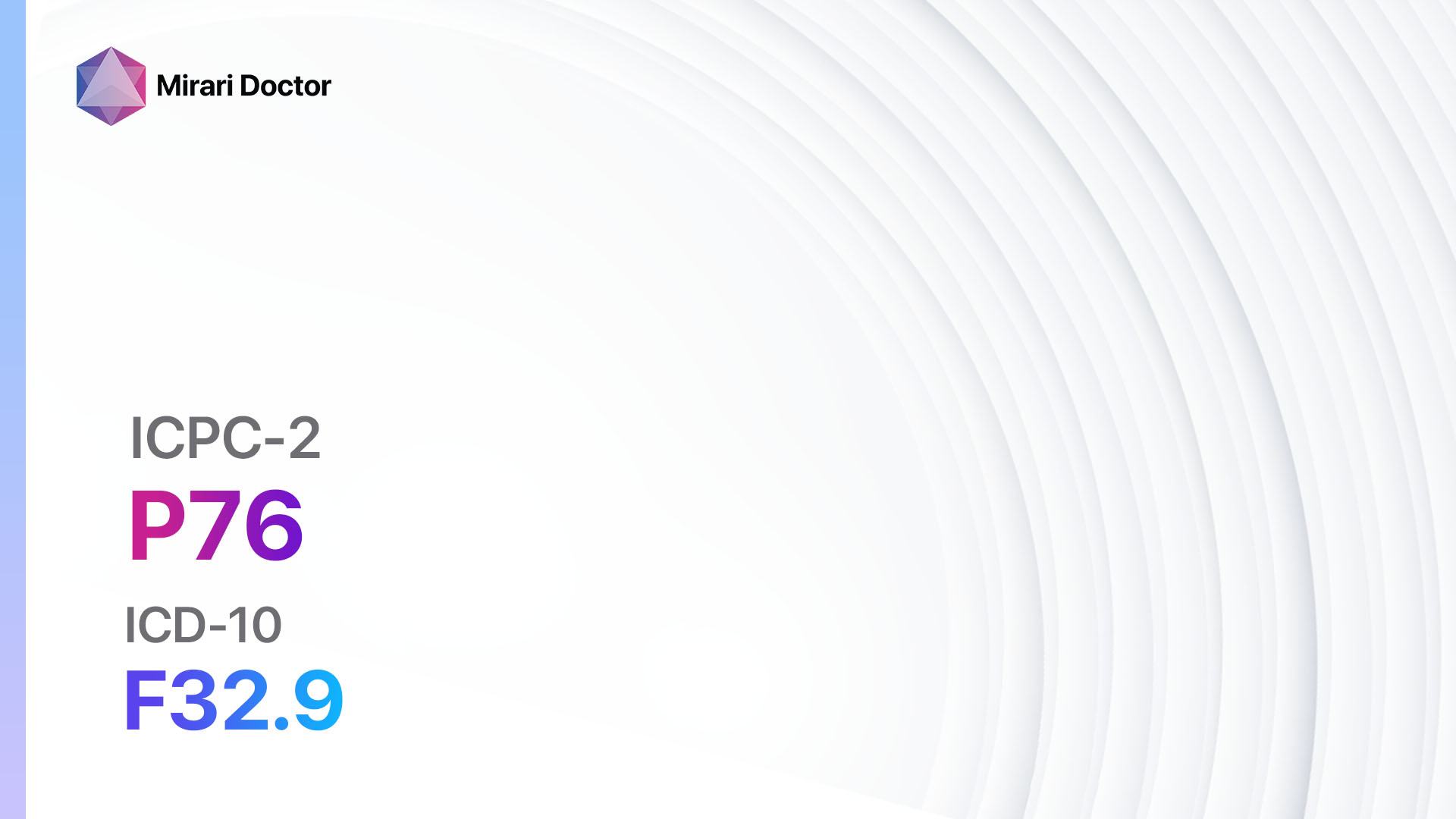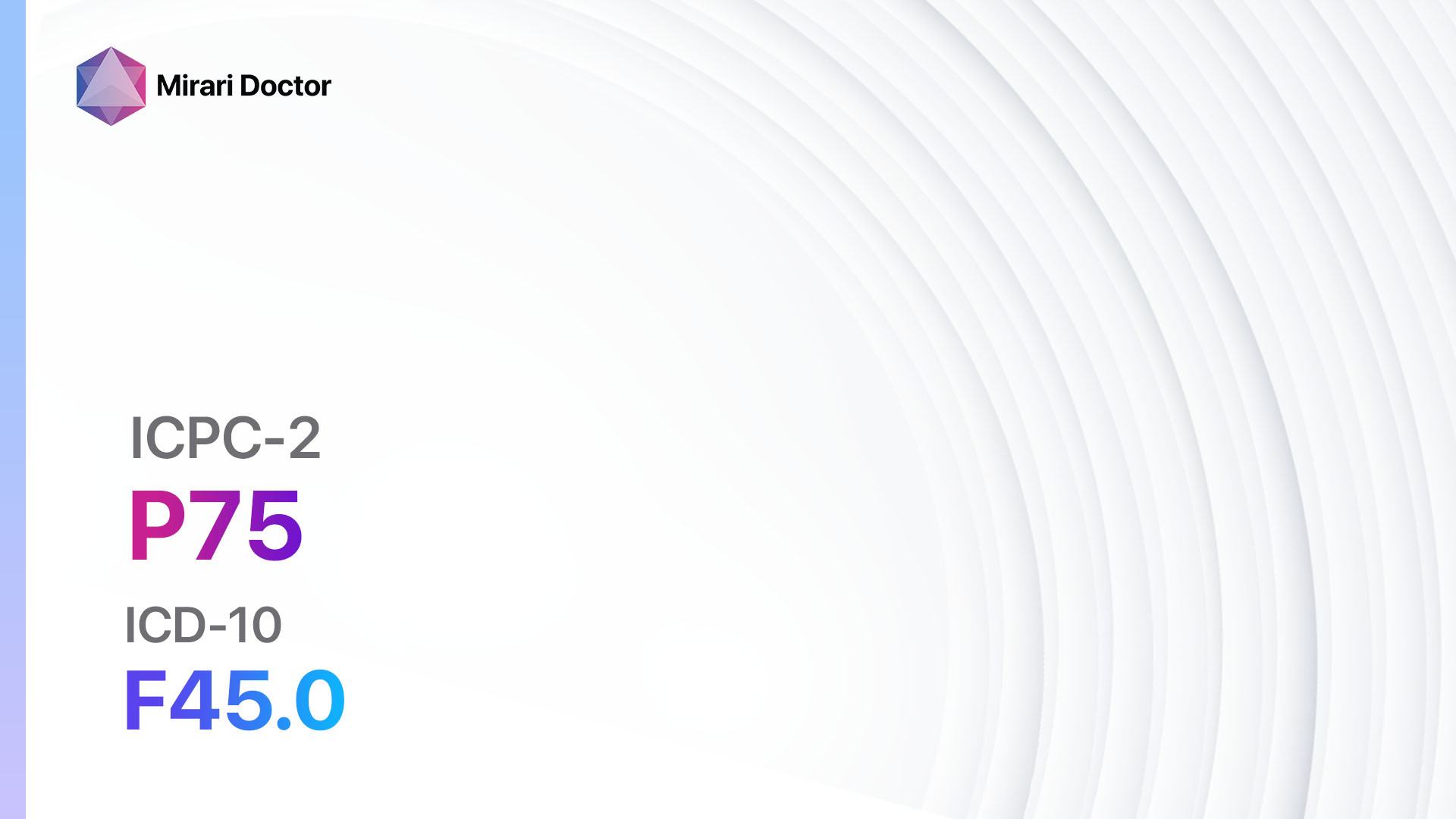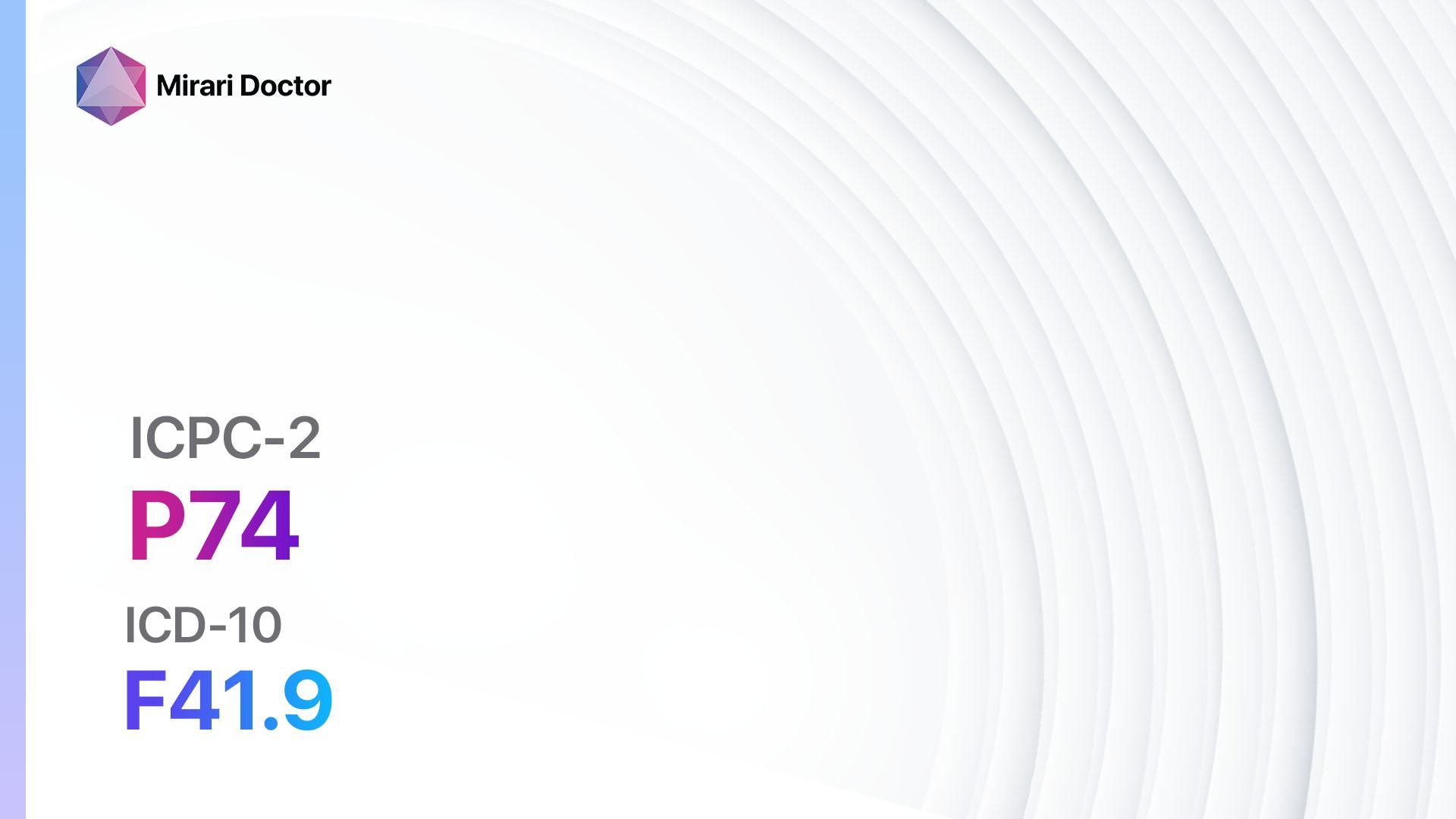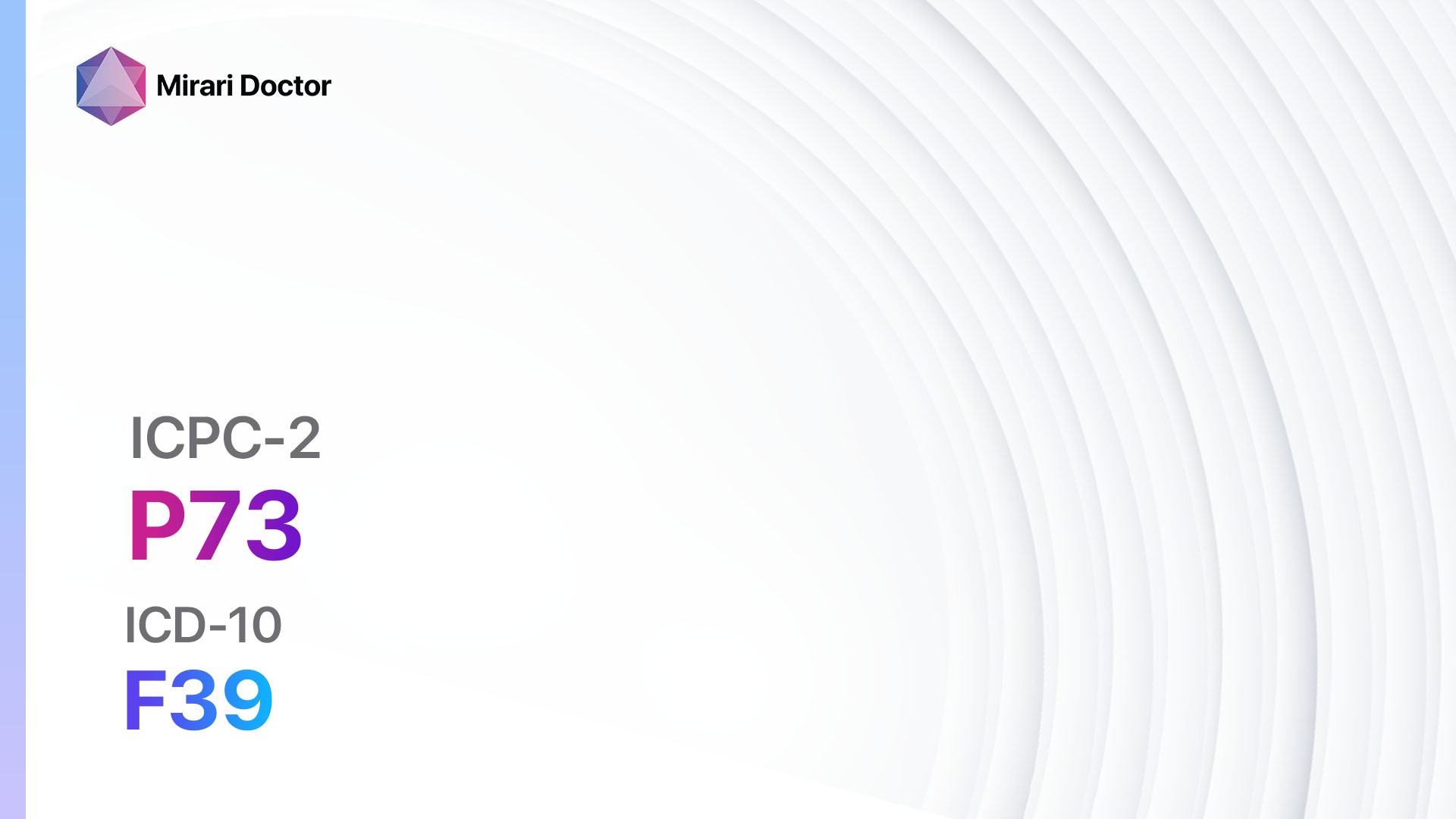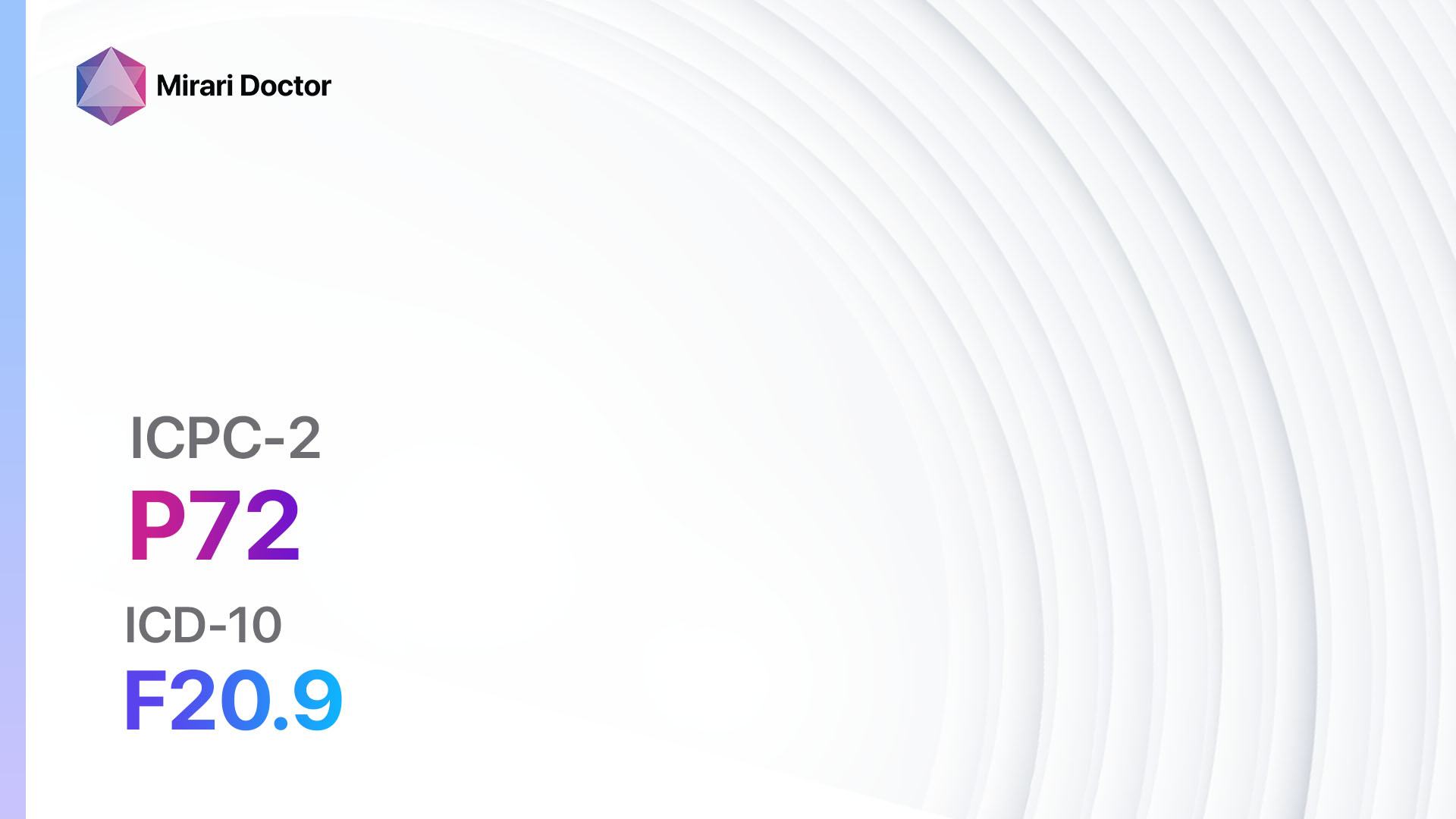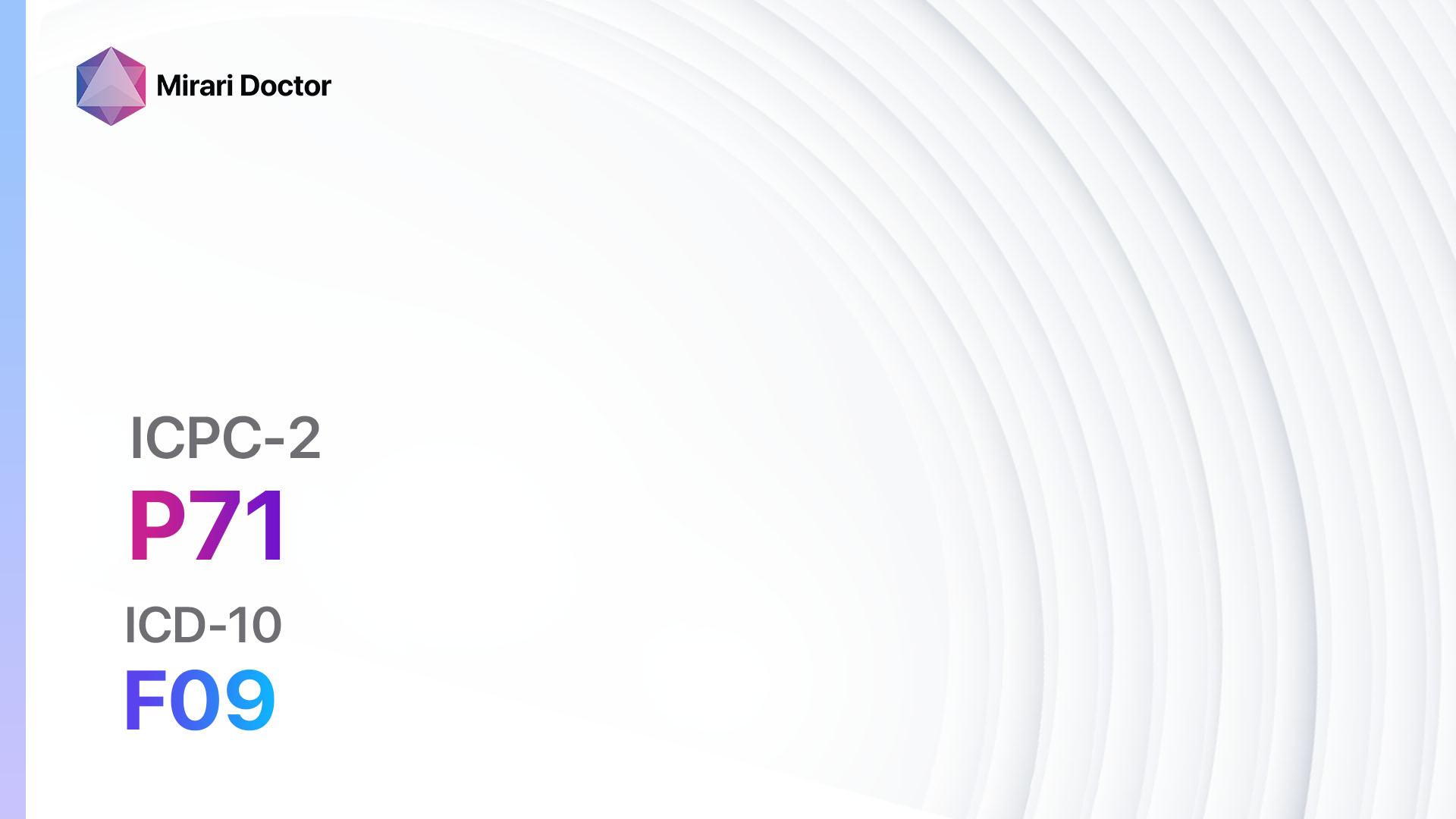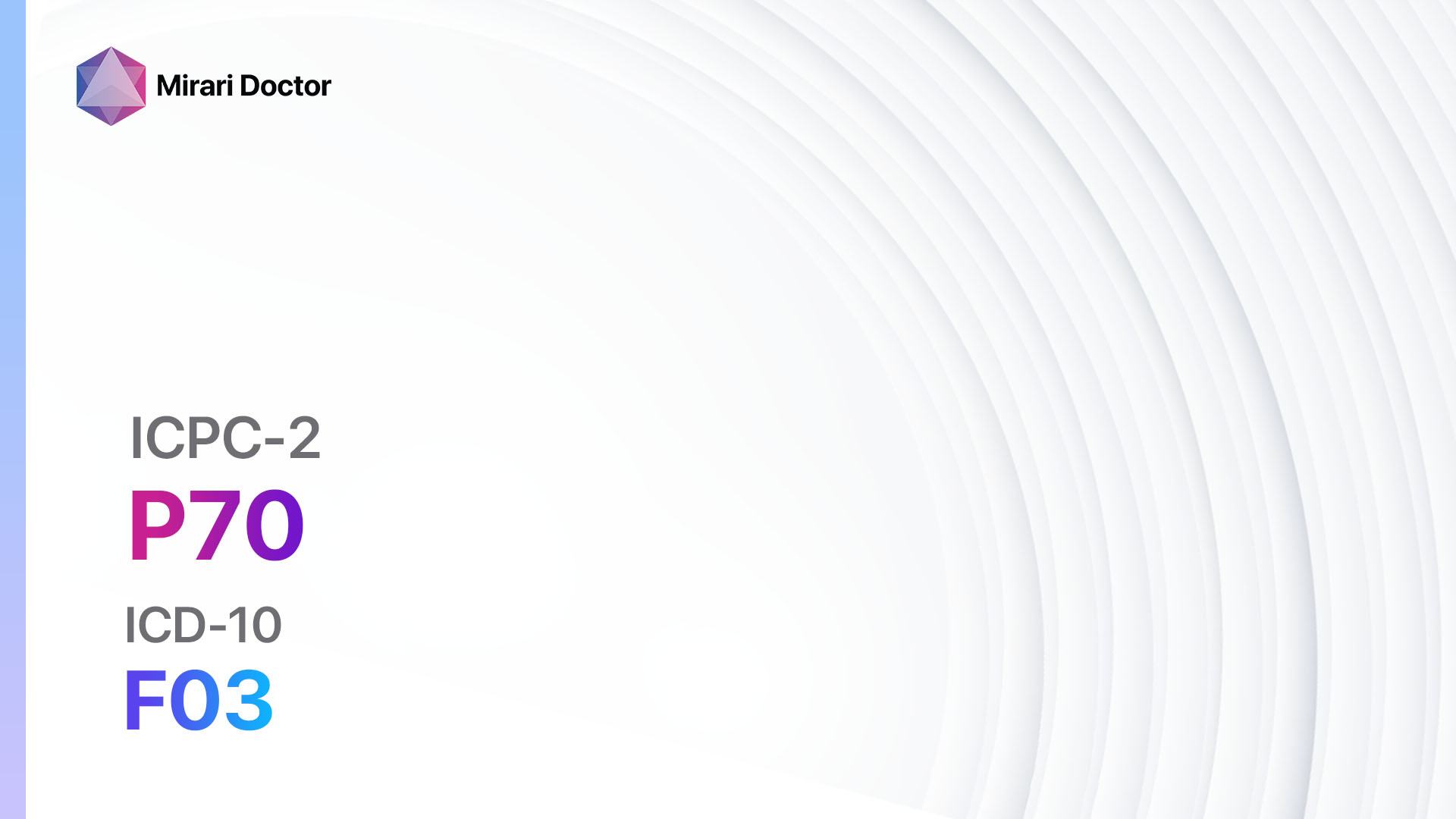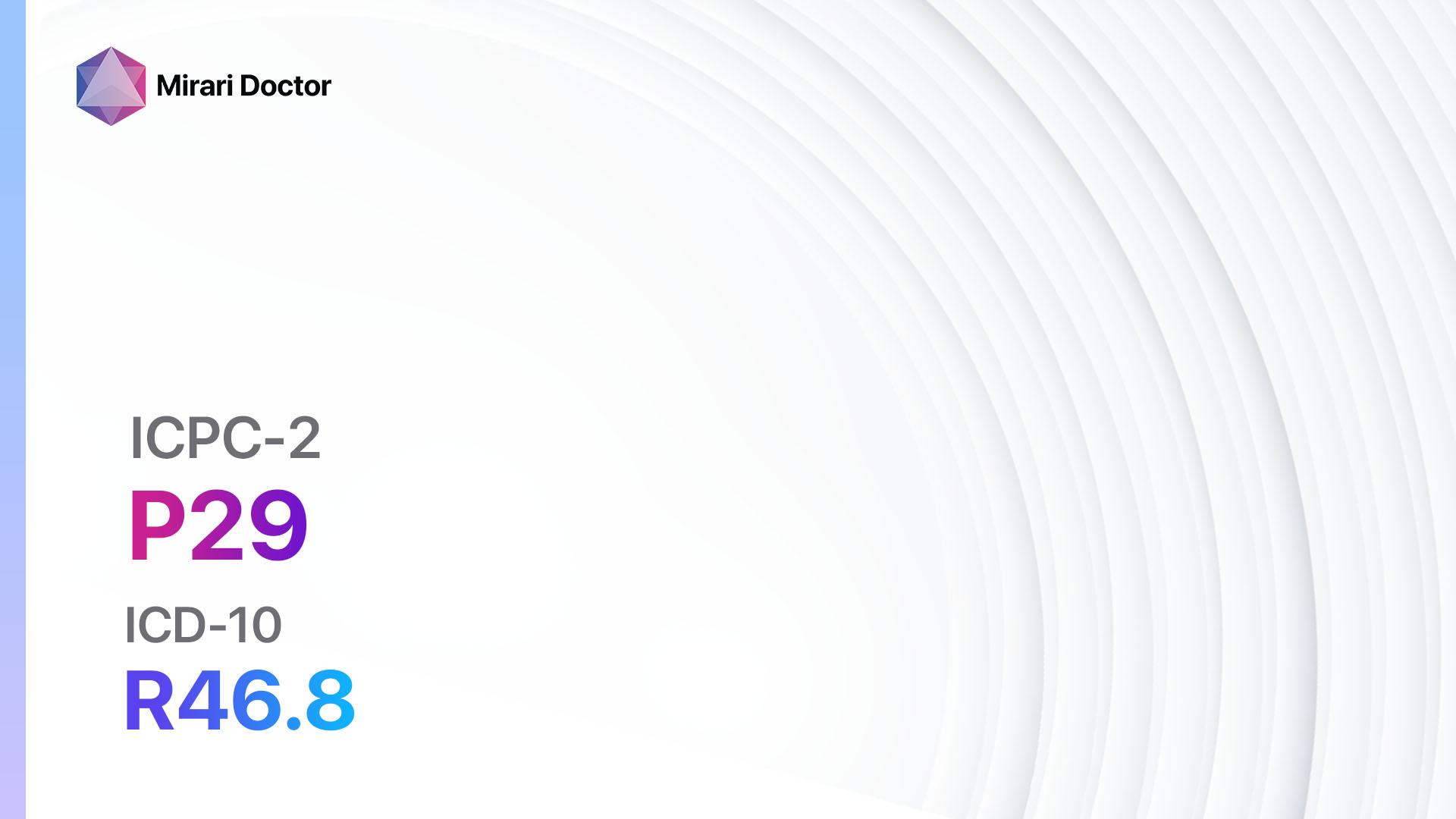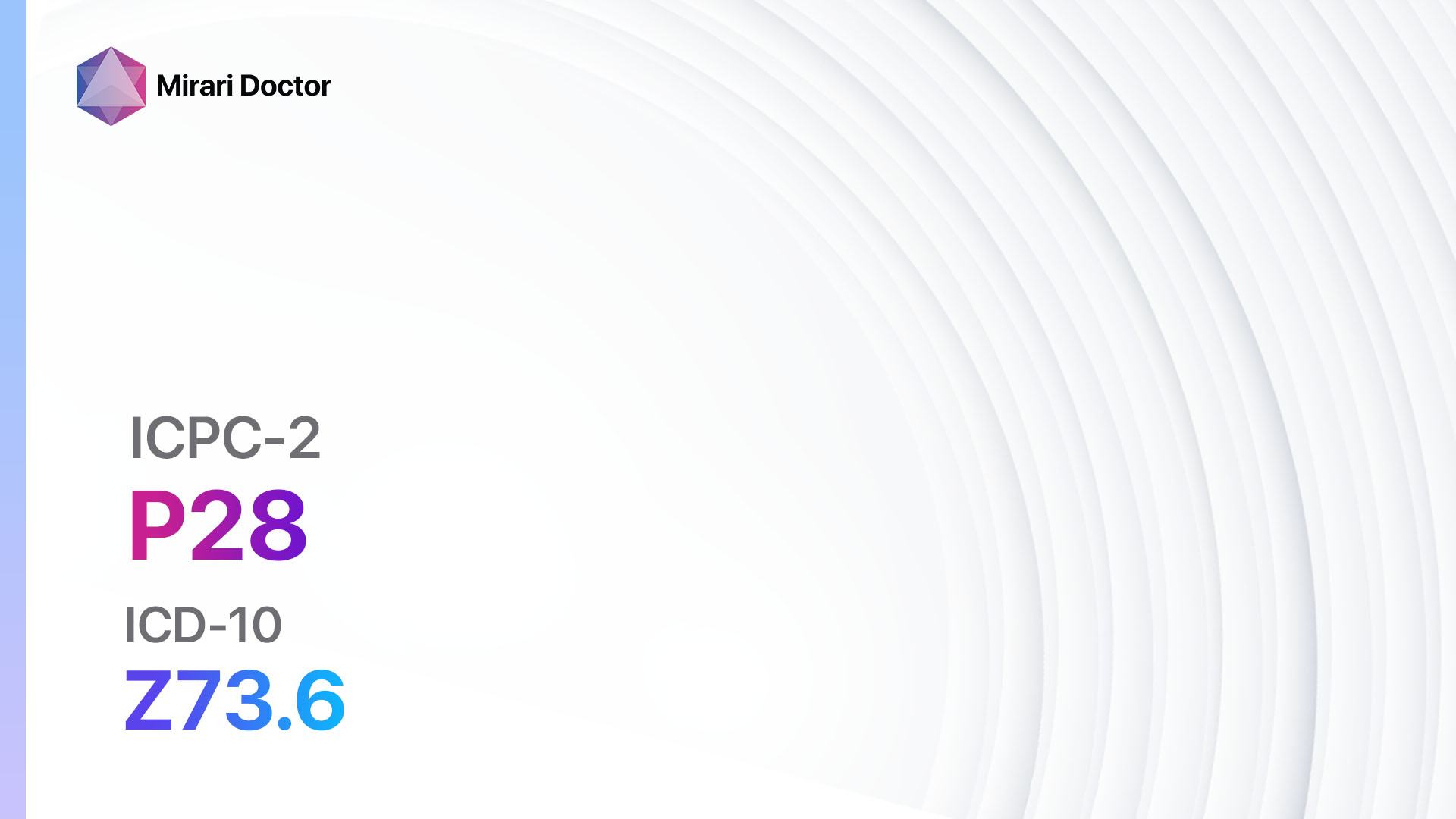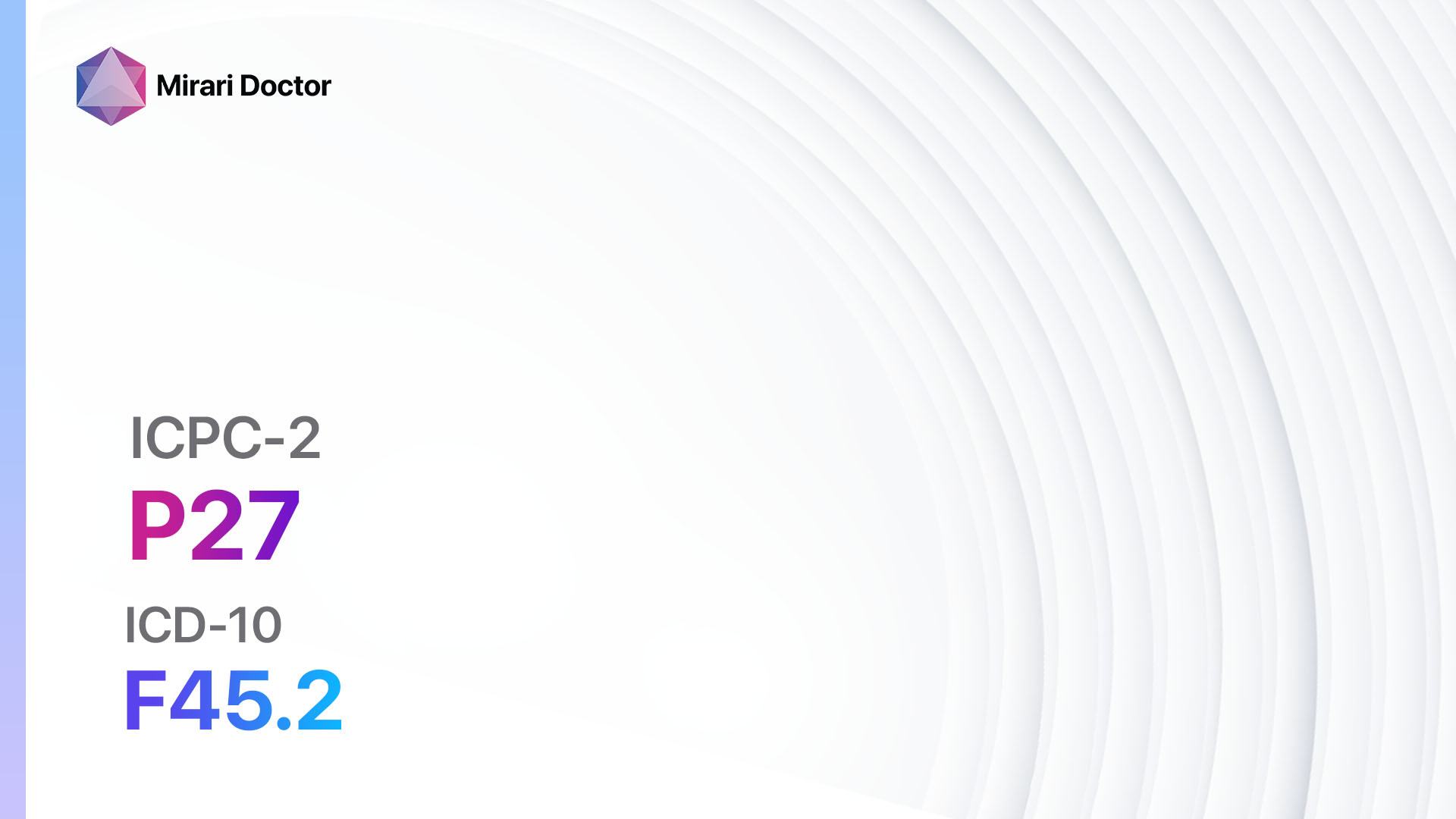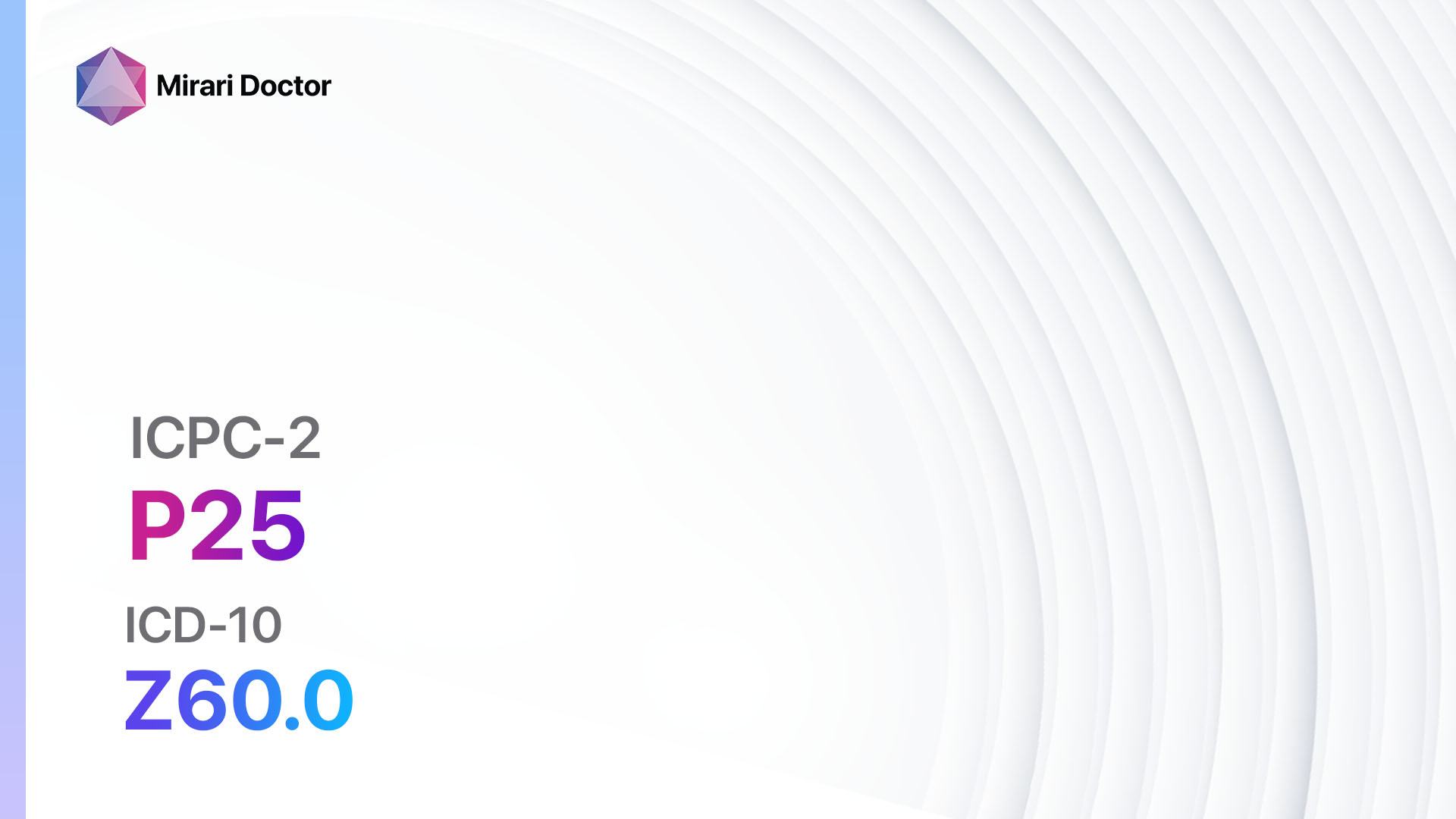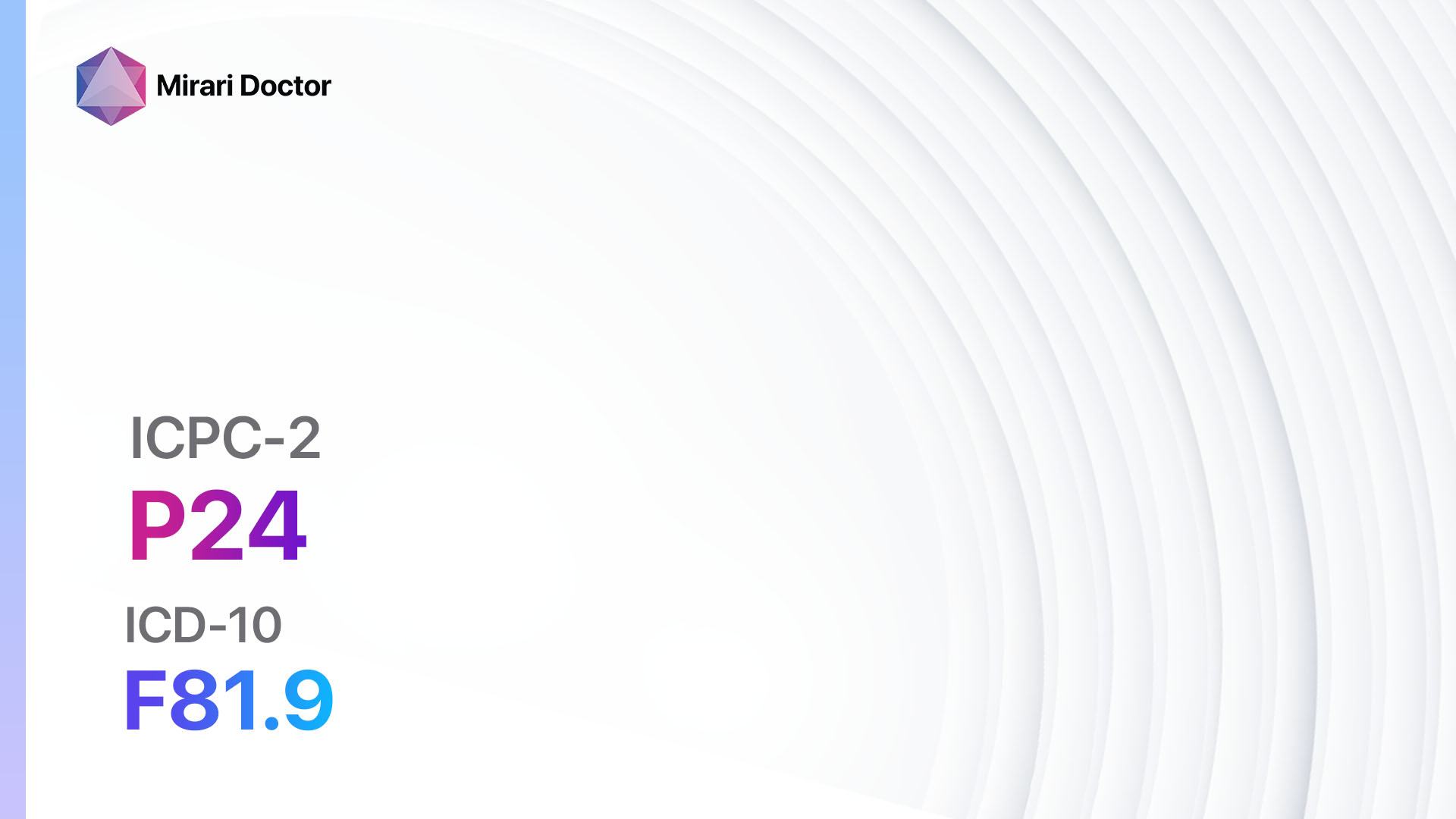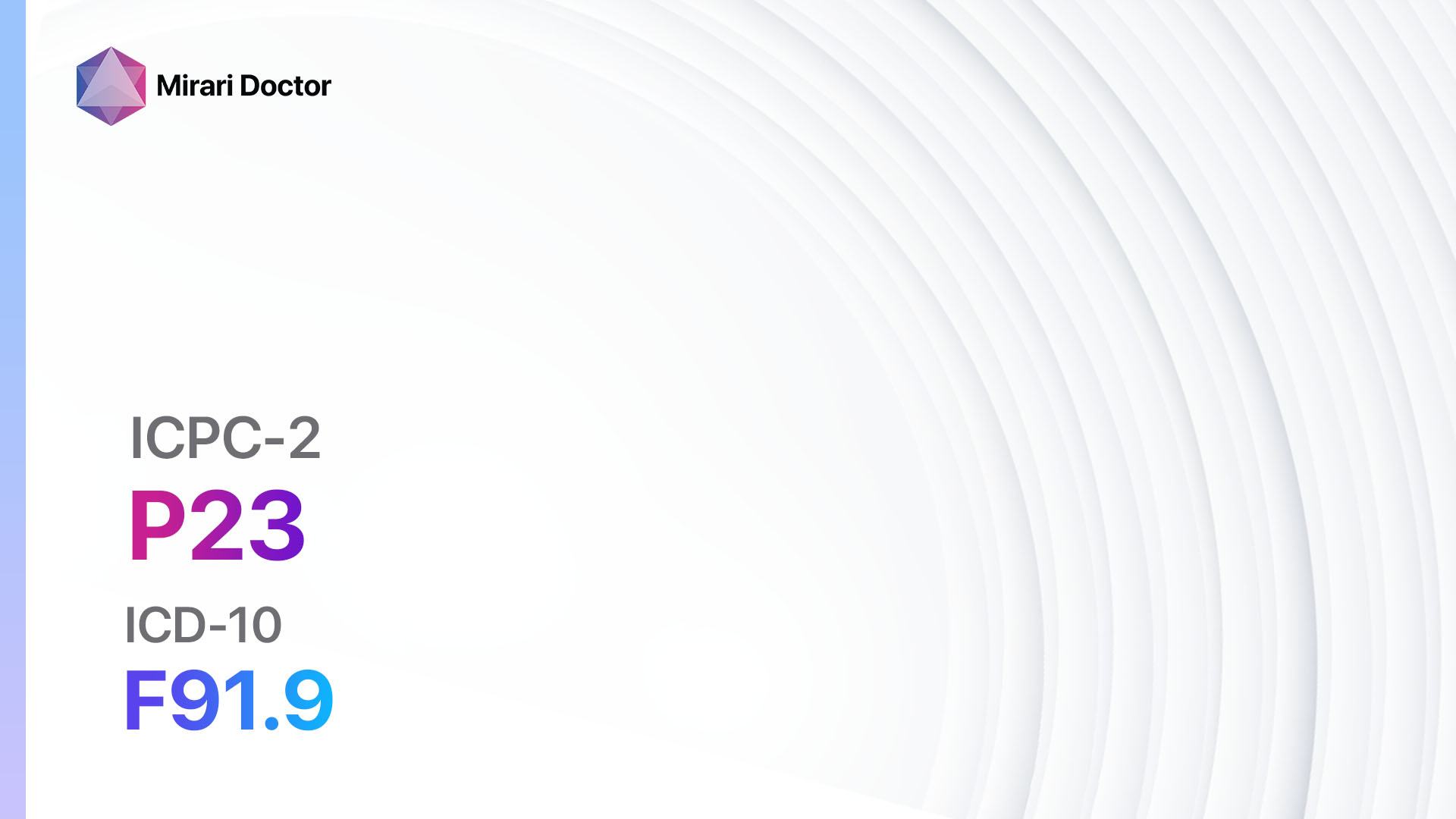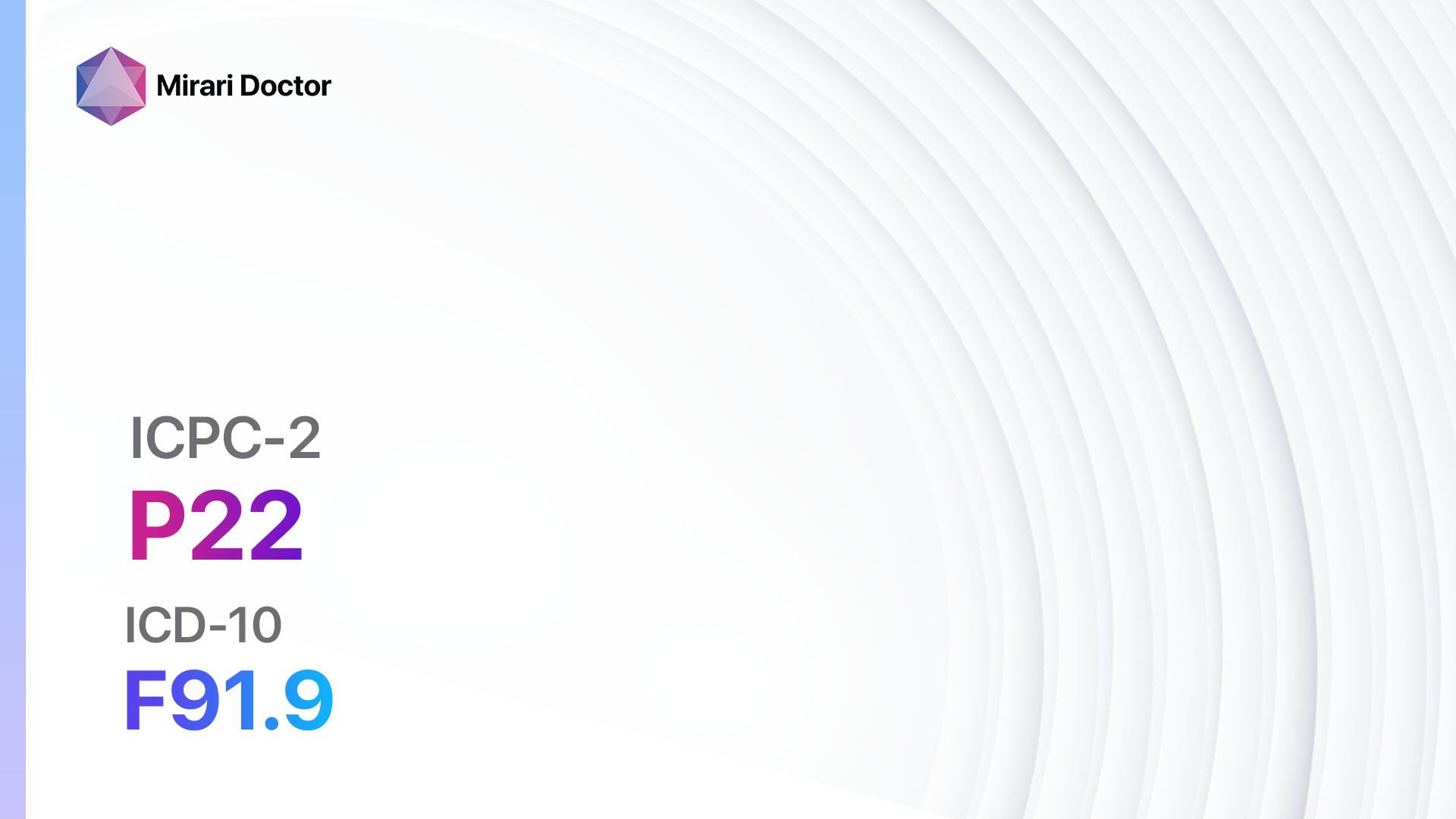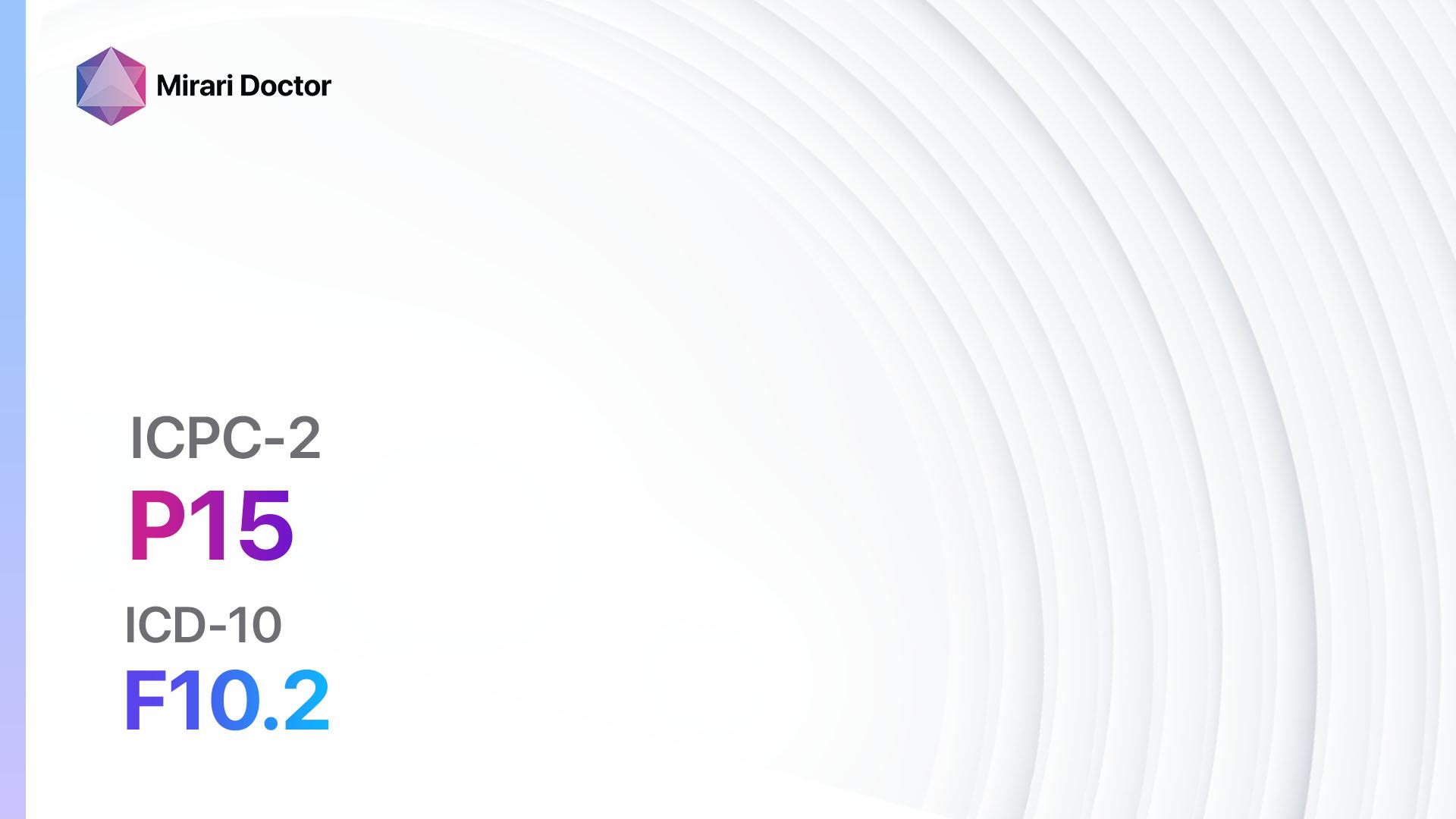
Introduction
Chronic alcohol abuse is a serious condition that can have detrimental effects on both physical and mental health. It is characterized by the excessive and prolonged consumption of alcohol, leading to dependence and addiction. This guide aims to provide healthcare professionals with a comprehensive overview of the diagnosis and management of chronic alcohol abuse.
Codes
- ICPC-2 Code: P15 Chronic alcohol abuse
- ICD-10 Code: F10.2 Dependence syndrome due to use of alcohol
Symptoms
- Craving for alcohol: An intense desire or urge to consume alcohol.[1]
- Loss of control: Inability to limit or stop drinking once started.
- Physical dependence: Withdrawal symptoms when alcohol consumption is reduced or stopped.[2]
- Tolerance: Needing to drink increasing amounts of alcohol to achieve the desired effect.
- Neglecting responsibilities: Prioritizing alcohol use over work, school, or family obligations.
- Continued use despite negative consequences: Drinking despite experiencing physical, psychological, or social problems.[3]
Causes
- Genetic factors: Certain individuals may have a genetic predisposition to alcoholism.[4]
- Environmental factors: Growing up in an environment where alcohol abuse is prevalent can increase the risk.
- Psychological factors: Co-occurring mental health disorders, such as depression or anxiety, can contribute to alcohol abuse.
- Social factors: Peer pressure, cultural norms, and availability of alcohol can influence alcohol consumption.[5]
Diagnostic Steps
Medical History
- Obtain a detailed medical history, including information about alcohol consumption patterns, duration of abuse, and any previous attempts to quit.
- Assess for co-occurring mental health disorders, as they are common in individuals with chronic alcohol abuse.
- Inquire about any physical or psychological symptoms associated with alcohol withdrawal.[6]
Physical Examination
- Perform a thorough physical examination to assess for signs of alcohol-related complications, such as liver disease, pancreatitis, or malnutrition.
- Look for physical signs of chronic alcohol abuse, including jaundice, tremors, or peripheral neuropathy.[7]
Laboratory Tests
- Complete blood count (CBC): May reveal anemia or other blood abnormalities.
- Liver function tests (LFTs): Assess liver function and detect any liver damage.
- Carbohydrate-deficient transferrin (CDT): A marker of heavy alcohol consumption.
- Gamma-glutamyl transferase (GGT): Elevated levels may indicate alcohol abuse.
- Mean corpuscular volume (MCV): Increased MCV can be a sign of alcohol-related anemia.
- Urine drug screen: Rule out the presence of other substances of abuse.[8]
Diagnostic Imaging
- Abdominal ultrasound: Evaluate the liver for signs of fatty liver disease or cirrhosis.
- Brain imaging (CT or MRI): Assess for any alcohol-related brain damage or structural abnormalities.
- Esophagogastroduodenoscopy (EGD): Examine the esophagus, stomach, and duodenum for signs of alcohol-related gastritis or ulcers.[9]
Other Tests
- Psychiatric evaluation: Assess for co-occurring mental health disorders and provide appropriate treatment.
- Neuropsychological testing: Evaluate cognitive function and detect any alcohol-related brain damage.[10]
Follow-up and Patient Education
- Schedule regular follow-up appointments to monitor progress, address any concerns, and provide ongoing support.
- Educate the patient about the risks and consequences of chronic alcohol abuse, as well as the benefits of treatment and sobriety.
- Provide information about support groups, counseling services, and rehabilitation programs available to assist with recovery.
Possible Interventions
Traditional Interventions
Medications:
Top 5 drugs for Chronic Alcohol Abuse:
- Disulfiram:
- Cost: $50-$100 per month.
- Contraindications: Severe heart disease, liver disease, or psychosis.
- Side effects: Nausea, vomiting, headache, drowsiness.
- Severe side effects: Liver toxicity, cardiovascular complications.
- Drug interactions: Alcohol, metronidazole, certain antidepressants.
- Warning: Strict abstinence from alcohol is necessary to avoid severe reactions.
- Acamprosate:
- Cost: $100-$200 per month.
- Contraindications: Severe renal impairment.
- Side effects: Diarrhea, nausea, abdominal pain.
- Severe side effects: None reported.
- Drug interactions: None reported.
- Warning: May not be effective in patients with severe liver disease.
- Naltrexone:
- Cost: $50-$100 per month.
- Contraindications: Opioid use, acute hepatitis or liver failure.
- Side effects: Nausea, headache, dizziness.
- Severe side effects: None reported.
- Drug interactions: Opioids, certain antidepressants.
- Warning: May cause liver toxicity in rare cases.
- Benzodiazepines (e.g., Diazepam, Lorazepam):
- Cost: Generic versions can be $10-$30 per month.
- Contraindications: Severe respiratory insufficiency, sleep apnea.
- Side effects: Sedation, dizziness, confusion.
- Severe side effects: Respiratory depression, dependence.
- Drug interactions: Alcohol, opioids, certain antidepressants.
- Warning: Should be used cautiously and for a limited duration due to the risk of dependence.
- Selective serotonin reuptake inhibitors (SSRIs) (e.g., Sertraline, Fluoxetine):
- Cost: Generic versions can be $10-$30 per month.
- Contraindications: Concurrent use of monoamine oxidase inhibitors (MAOIs).
- Side effects: Nausea, headache, insomnia.
- Severe side effects: Serotonin syndrome, suicidal thoughts.
- Drug interactions: MAOIs, certain migraine medications.
- Warning: May take several weeks to achieve therapeutic effect.
Alternative Drugs:
- Gabapentin: May help reduce alcohol cravings and withdrawal symptoms.
- Baclofen: Can be used off-label to reduce alcohol cravings and promote abstinence.
- Topiramate: May be effective in reducing alcohol consumption and promoting abstinence.
- Ondansetron: Can help alleviate nausea and vomiting associated with alcohol withdrawal.
- Vitamin B1 (Thiamine): Supplementation is important to prevent Wernicke-Korsakoff syndrome.
Behavioral Interventions:
- Cognitive-behavioral therapy (CBT): Helps identify and modify unhealthy thoughts and behaviors related to alcohol use.
- Motivational interviewing: A patient-centered approach to enhance motivation and commitment to change.
- 12-step programs (e.g., Alcoholics Anonymous): Provides peer support and a structured recovery program.
- Family therapy: Involves the patient’s family members in the treatment process to improve communication and support.
Supportive Interventions:
- Sober living homes: Residential facilities that provide a supportive and alcohol-free environment for individuals in recovery. Cost: $500-$2000 per month.
- Outpatient counseling: Regular therapy sessions with a licensed counselor or therapist. Cost: $50-$200 per session.
- Inpatient rehabilitation: Residential treatment programs that provide intensive therapy and support. Cost: $10,000-$30,000 per month.
- Mutual support groups: Non-professional, peer-led groups that provide support and encouragement for individuals in recovery. Cost: Free or minimal donation.
Alternative Interventions
- Acupuncture: May help reduce alcohol cravings and promote relaxation. Cost: $60-$120 per session.
- Yoga and meditation: Can help reduce stress and promote overall well-being. Cost: Varies depending on the location and instructor.
- Herbal supplements: Certain herbs, such as milk thistle and kudzu, may have potential benefits in reducing alcohol cravings. Cost: Varies depending on the specific supplement.
- Massage therapy: Can help alleviate muscle tension and promote relaxation. Cost: $50-$100 per session.
- Art therapy: Provides a creative outlet for self-expression and emotional healing. Cost: Varies depending on the location and therapist.
Lifestyle Interventions
- Regular exercise: Helps reduce stress, improve mood, and promote overall well-being. Cost: Varies depending on the type of exercise (e.g., gym membership, fitness classes).
- Healthy diet: A balanced diet rich in fruits, vegetables, and whole grains can support overall health and recovery. Cost: Varies depending on individual food choices and dietary preferences.
- Stress management techniques: Engaging in activities such as mindfulness, deep breathing exercises, or journaling can help reduce stress and promote relaxation. Cost: Free or minimal cost.
- Sleep hygiene: Establishing a regular sleep schedule and practicing good sleep habits can improve overall well-being and support recovery. Cost: Free or minimal cost.
- Social support: Surrounding oneself with a supportive network of family and friends can provide encouragement and accountability. Cost: Varies depending on individual social activities and preferences.
It is important to note that the cost ranges provided are approximate and may vary depending on the location and availability of the interventions.
Mirari Cold Plasma Alternative Intervention
Understanding Mirari Cold Plasma
- Safe and Non-Invasive Treatment: Mirari Cold Plasma is a safe and non-invasive treatment option for various skin conditions. It does not require incisions, minimizing the risk of scarring, bleeding, or tissue damage.
- Efficient Extraction of Foreign Bodies: Mirari Cold Plasma facilitates the removal of foreign bodies from the skin by degrading and dissociating organic matter, allowing easier access and extraction.
- Pain Reduction and Comfort: Mirari Cold Plasma has a local analgesic effect, providing pain relief during the treatment, making it more comfortable for the patient.
- Reduced Risk of Infection: Mirari Cold Plasma has antimicrobial properties, effectively killing bacteria and reducing the risk of infection.
- Accelerated Healing and Minimal Scarring: Mirari Cold Plasma stimulates wound healing and tissue regeneration, reducing healing time and minimizing the formation of scars.
Mirari Cold Plasma Prescription
Video instructions for using Mirari Cold Plasma Device – P15 Chronic alcohol abuse (ICD-10:F10.2)
| Mild | Moderate | Severe |
| Mode setting: 8 (Insomnia) Location: 7 (Neuro system & ENT) Morning: 15 minutes, Evening: 15 minutes |
Mode setting: 8 (Insomnia) Location: 7 (Neuro system & ENT) Morning: 30 minutes, Lunch: 30 minutes, Evening: 30 minutes |
Mode setting: 8 (Insomnia) Location: 7 (Neuro system & ENT) Morning: 30 minutes, Lunch: 30 minutes, Evening: 30 minutes |
| Mode setting: 6 (Liver/Kidney Therapy) Location: 3 (Kidney, Liver & Spleen) Morning: 15 minutes, Evening: 15 minutes |
Mode setting: 6 (Liver/Kidney Therapy) Location: 3 (Kidney, Liver & Spleen) Morning: 30 minutes, Lunch: 30 minutes, Evening: 30 minutes |
Mode setting: 6 (Liver/Kidney Therapy) Location: 3 (Kidney, Liver & Spleen) Morning: 30 minutes, Lunch: 30 minutes, Evening: 30 minutes |
| Mode setting: 7 (Immunotherapy) Location: 4 (Heart, Bile & Pancreas) Morning: 15 minutes, Evening: 15 minutes |
Mode setting: 7 (Immunotherapy) Location: 4 (Heart, Bile & Pancreas) Morning: 30 minutes, Lunch: 30 minutes, Evening: 30 minutes |
Mode setting: 7 (Immunotherapy) Location: 4 (Heart, Bile & Pancreas) Morning: 30 minutes, Lunch: 30 minutes, Evening: 30 minutes |
| Total Morning: 45 minutes approx. $7.50 USD, Evening: 45 minutes approx. $7.50 USD |
Total Morning: 90 minutes approx. $15 USD, Lunch: 90 minutes approx. $15 USD, Evening: 90 minutes approx. $15 USD |
Total Morning: 90 minutes approx. $15 USD, Lunch: 90 minutes approx. $15 USD, Evening: 90 minutes approx. $15 USD |
| Usual treatment for 7-60 days approx. $105 USD – $900 USD | Usual treatment for 6-8 weeks approx. $1,890 USD – $2,520 USD |
Usual treatment for 3-6 months approx. $4,050 USD – $8,100 USD
|
 |
|
Use the Mirari Cold Plasma device to treat Chronic alcohol abuse effectively.
WARNING: MIRARI COLD PLASMA IS DESIGNED FOR THE HUMAN BODY WITHOUT ANY ARTIFICIAL OR THIRD PARTY PRODUCTS. USE OF OTHER PRODUCTS IN COMBINATION WITH MIRARI COLD PLASMA MAY CAUSE UNPREDICTABLE EFFECTS, HARM OR INJURY. PLEASE CONSULT A MEDICAL PROFESSIONAL BEFORE COMBINING ANY OTHER PRODUCTS WITH USE OF MIRARI.
Step 1: Cleanse the Skin
- Start by cleaning the affected area of the skin with a gentle cleanser or mild soap and water. Gently pat the area dry with a clean towel.
Step 2: Prepare the Mirari Cold Plasma device
- Ensure that the Mirari Cold Plasma device is fully charged or has fresh batteries as per the manufacturer’s instructions. Make sure the device is clean and in good working condition.
- Switch on the Mirari device using the power button or by following the specific instructions provided with the device.
- Some Mirari devices may have adjustable settings for intensity or treatment duration. Follow the manufacturer’s instructions to select the appropriate settings based on your needs and the recommended guidelines.
Step 3: Apply the Device
- Place the Mirari device in direct contact with the affected area of the skin. Gently glide or hold the device over the skin surface, ensuring even coverage of the area experiencing.
- Slowly move the Mirari device in a circular motion or follow a specific pattern as indicated in the user manual. This helps ensure thorough treatment coverage.
Step 4: Monitor and Assess:
- Keep track of your progress and evaluate the effectiveness of the Mirari device in managing your Chronic alcohol abuse. If you have any concerns or notice any adverse reactions, consult with your health care professional.
Note
This guide is for informational purposes only and should not replace the advice of a medical professional. Always consult with your healthcare provider or a qualified medical professional for personal advice, diagnosis, or treatment. Do not solely rely on the information presented here for decisions about your health. Use of this information is at your own risk. The authors of this guide, nor any associated entities or platforms, are not responsible for any potential adverse effects or outcomes based on the content.
Mirari Cold Plasma System Disclaimer
- Purpose: The Mirari Cold Plasma System is a Class 2 medical device designed for use by trained healthcare professionals. It is registered for use in Thailand and Vietnam. It is not intended for use outside of these locations.
- Informational Use: The content and information provided with the device are for educational and informational purposes only. They are not a substitute for professional medical advice or care.
- Variable Outcomes: While the device is approved for specific uses, individual outcomes can differ. We do not assert or guarantee specific medical outcomes.
- Consultation: Prior to utilizing the device or making decisions based on its content, it is essential to consult with a Certified Mirari Tele-Therapist and your medical healthcare provider regarding specific protocols.
- Liability: By using this device, users are acknowledging and accepting all potential risks. Neither the manufacturer nor the distributor will be held accountable for any adverse reactions, injuries, or damages stemming from its use.
- Geographical Availability: This device has received approval for designated purposes by the Thai and Vietnam FDA. As of now, outside of Thailand and Vietnam, the Mirari Cold Plasma System is not available for purchase or use.
References
- American Psychiatric Association. (2013). Diagnostic and statistical manual of mental disorders (5th ed.).
- Schuckit, M. A. (2009). Alcohol-use disorders. The Lancet, 373(9662), 492-501.
- National Institute on Alcohol Abuse and Alcoholism. (2021). Alcohol Use Disorder: A Comparison Between DSM–IV and DSM–5.
- Edenberg, H. J., & Foroud, T. (2013). Genetics and alcoholism. Nature Reviews Gastroenterology & Hepatology, 10(8), 487-494.
- Room, R., Babor, T., & Rehm, J. (2005). Alcohol and public health. The Lancet, 365(9458), 519-530.
- Saitz, R. (1998). Introduction to alcohol withdrawal. Alcohol Health and Research World, 22(1), 5-12.
- O’Shea, R. S., Dasarathy, S., & McCullough, A. J. (2010). Alcoholic liver disease. American Journal of Gastroenterology, 105(1), 14-32.
- Conigrave, K. M., Davies, P., Haber, P., & Whitfield, J. B. (2003). Traditional markers of excessive alcohol use. Addiction, 98, 31-43.
- Rehm, J., Gmel, G. E., Gmel, G., Hasan, O. S., Imtiaz, S., Popova, S., … & Shuper, P. A. (2017). The relationship between different dimensions of alcohol use and the burden of disease—an update. Addiction, 112(6), 968-1001.
- Bates, M. E., Bowden, S. C., & Barry, D. (2002). Neurocognitive impairment associated with alcohol use disorders: implications for treatment. Experimental and Clinical Psychopharmacology, 10(3), 193-212.
Related articles
Made in USA


